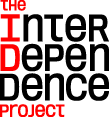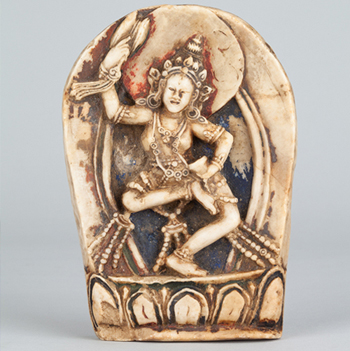
A meditation session led by Sharon Salzberg.
For centuries Himalayan practitioners have used meditation to quiet the mind, open the heart, calm the nervous system, and increase focus. Now Western scientists, business leaders, and the secular world have embraced meditation as a vital tool for brain health.
Whether you’re a beginner, a dabbler, or a skilled meditator seeking the company of others, join expert teachers in a forty-five-minute weekly program designed to fit into your lunch break. Each session will be inspired by a different work of art from the Rubin Museum’s collection and will include an opening talk, a twenty-minute sitting session, and a closing discussion. Chairs will be provided.
Presented in partnership with Sharon Salzberg, the New York Insight Meditation Center, and the Interdependence Project.


RELATED ARTWORK

Theme: Impermanence
One of the most famous female Tibetan practitioners, Machig Labdron stands on her left leg in a dynamic pose, holding a two-sided damaru drum in her right hand and a ghanta bell in her left hand. All schools of Tibetan Buddhism perform her signature practice called chöd. In essence, chöd involves intense visualizations where practitioners imagine their bodies being chopped up and offered to gods and demons. This practice “cuts through” attachment to the body, ultimately serving to ingrain impermanence in a deep and visceral way.
About the Speaker

Sharon Salzberg, cofounder of the Insight Meditation Society in Barre, Massachusetts, has guided meditation retreats worldwide since 1974. Sharon’s latest books are Real Love: The Art of Mindful Connections and Real Happiness at Work: Meditations for Accomplishment, Achievement, and Peace. She is a weekly columnist for On Being, a regular contributor to The Huffington Post, and the author of several other books including the New York Times best-seller Real Happiness: The Power of Meditation, Faith: Trusting Your Own Deepest Experience, and Lovingkindness: The Revolutionary Art of Happiness. Sharon has been a regular participant in the Rubin’s many on-stage conversations.
